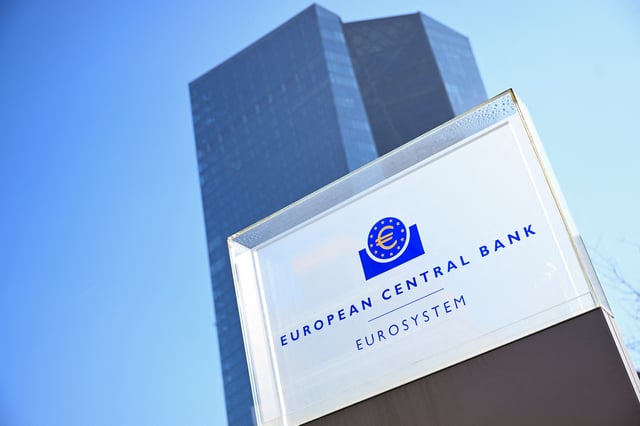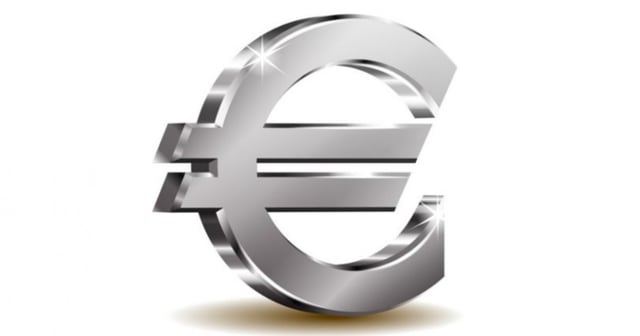Overview
- Meeting in Copenhagen, ministers agreed a roadmap that puts national governments in the room on the launch decision and on setting individual holding limits to curb bank‑run risk.
- ECB President Christine Lagarde cast the project as a bid for European financial sovereignty and an alternative to U.S.-dominated payment networks such as Visa and Mastercard.
- Lawmakers are preparing for contentious debates later this year, with full issuance expected to take several years after legislation is passed.
- The design envisions the digital euro operating alongside commercial bank money through ECB-issued wallets backed by the Eurosystem.
- Skepticism persists over financial stability, privacy and compliance, with Spanish lawmaker Fernando Navarrete Rojas circulating a critique that questions the need for a digital euro.

